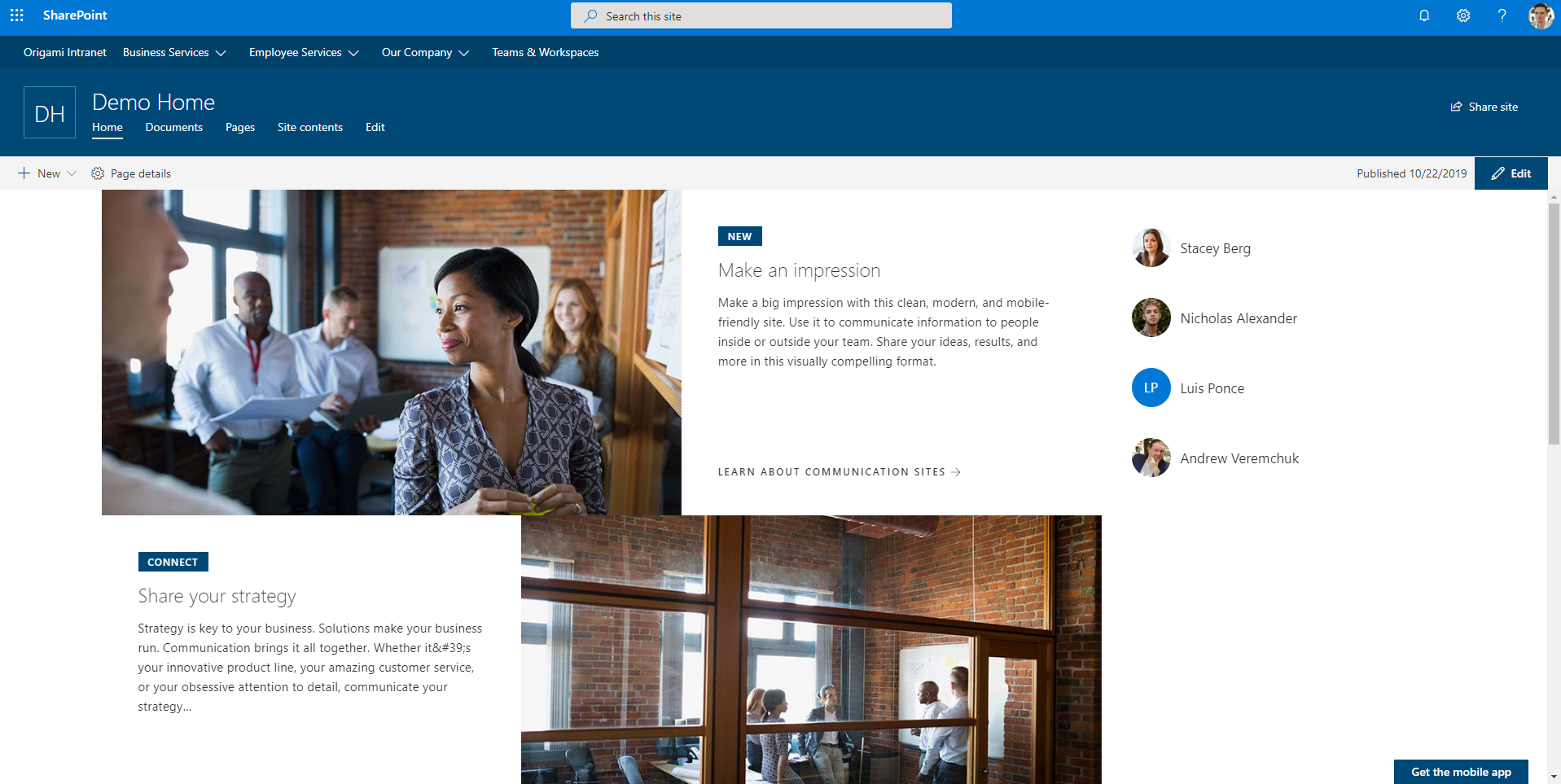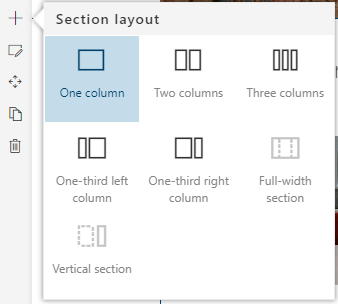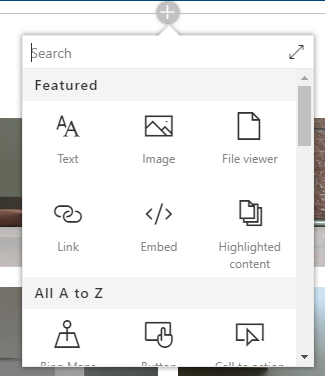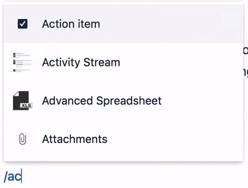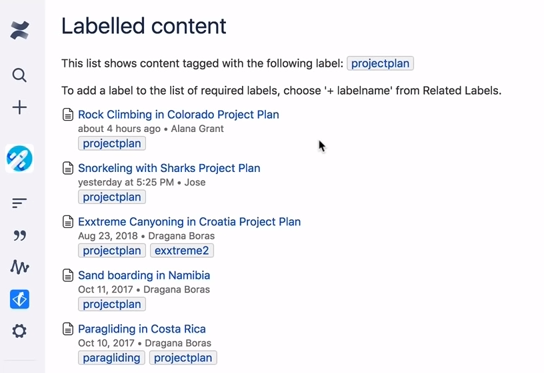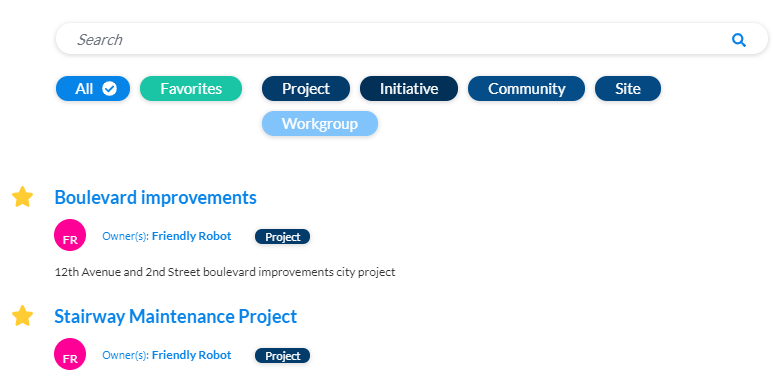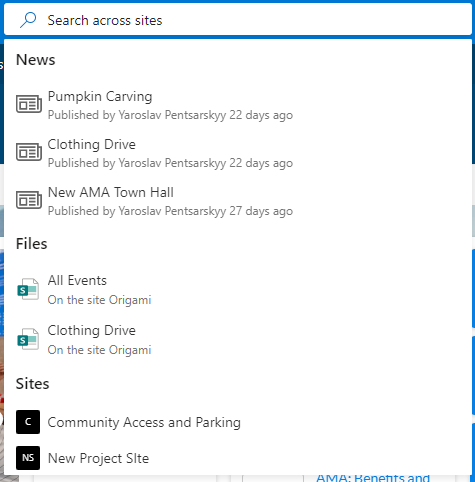In my career in building intranets for the past 15 years, I’ve come across SharePoint versus Confluence question often. This comes up in organizations already using Confluence for project information tracking wanting to roll it out as an intranet to everyone else. Should we do it and what are the pros and cons?
Confluence has superior knowledge management and in-page editing tools, but for an intranet, that’s just a minimum.
Can you maintain Confluence alongside SharePoint?
Yes, you can, but there is a drawback. Purchasing and maintaining individual tools for document management, knowledge management, news publishing and so on is not practical, and the business of 200+ employees recognizes that.
Both platforms have strengths and weaknesses as an intranet, so to be fair, I’ll evaluate them based on the following core features any intranet should include based on my experience:
Employee Communication, News & Events
Employee Engagement & Social
Knowledge and Document Management
Search
User Experience
Integration
Security & Permission Management
I’ll be using this reference guide for Confluence Cloud and the latest SharePoint Online on Office 365 as an alternative.
Let’s dive into each of the categories.
1.Employee Communication, News & Events
Any modern intranet needs an ability for employees to view news & events and for the authors to be able to create them easily.
While both platforms support the capability to build pages, Confluence seems to have more restrictions on the format of each page as far as the user interface is concerned.
Below id the visual comparison of communication pages on both platforms.
Confluence Employee Communication Page
SharePoint Communication Site Default Home Page
SharePoint ability to add a new section to the page
In SharePoint, you can choose a combination of various sections and how they show up on the page. At the same time, sections have defined boundaries for authors to keep a consistent user interface. This is important to help keep your pages consistent.
This consistency and flexibility is a fine balance, and SharePoint Online seems to recognize it well.
SharePoint ability to add a new app to the section
It also appears easier to add apps in SharePoint to pages with clearly visible controls in the context of the section we’re adding them to.
For new authors, it’s more intuitive to understand how to add new apps and harder to make a mistake.
Adding an element to the page in Confluence
In Confluence, you can add a micro block similar to an “app” into any part of the page by simply hitting “/”.
This allows authors to add an interactive component on the page within the text, similar to SharePoint apps, but those components appear within text and don’t take the whole web part zone as they do in SharePoint.
In other words, in Confluence page, it’s harder to see where the content begins and where is the app starts. Authors can accidentally delete piece of text and the app without realizing it. In larger organizations, when someone else edits your article this can happen a lot.
SharePoint News suggestions
This feature in SharePoint allows employees to see suggested news posts automatically featured based on employee viewing patterns and popularity of posts among others. It’s a common feature on other news sites on the web and so far, has been received well by several of the customers I gathered feedback from.
2. Employee Engagement & Social
Employee engagement drives adoption on your intranet. When your users view pages and engage with content, post comments, questions and likes – it creates a more collaborative and engaging experience for everyone. You can measure the popularity of articles, see what else people are reading
It also allows content authors to respond with more popular content because they can see the popularity of what they write.
Both SharePoint and Confluence have commenting, likes, and @mention features.
SharePoint Social Commenting and Likes
Confluence has additional functionality for users to highlight a piece of text on the page and comment right within the context.
Confluence in-context page commenting
This is a handy feature for project collaboration. As an intranet with hundreds of users accessing the site, this can become a problem. Even if few users comment directly on the content of the page, the page will become hard to read.
SharePoint appears to be much cleaner in keeping comments in their designated area.
Both platforms appear to lack a bit beyond this simple employee engagement. For SharePoint, there are pre-built intranets, like Origami Intranet, that do a lot of heavy lifting with features like Poll, Idea Crowdsourcing, gamification. For Confluence, there appears to be less choice although Atlassian marketplace may have some of these integrations and enhancements in the future.
3. Knowledge and Document Management
Forms, templates, Policies & Procedures, Learning Resources, Manuals & How To’s are all examples of knowledge in your organization.
Both Confluence and SharePoint use pages for this purpose with the ability to templatize, copy and author those pages. Confluence has few extra features useful for content authors.
First, “Your Work” summary lets you see content recently worked on, what’s in the draft, and so on.
I often see content authors work on a page in SharePoint, save it, and then realize they forgot to publish it, which means it’s in the draft, and no one knew until someone else reported a dead link or a broken page. This section would be useful for content authors in SharePoint.
Confluence - Your Work Page helps discovering things you’re working on
Another useful feature in Confluence is Labels. Each page in confluence can be tagged with a label, and anyone on the site can click on the tag and see related content. For example, if you have a page for projects tagged as “project plan,” you can quickly roll up all project pages on the entire system as shown below.
Confluence Labelled Content allows finding similar information easily
The ability to group related content by tag was so commonly requested on SharePoint Online that we added Site Directory to Origami to enable this capability in SharePoint.
Origami Site Directory helps finding SharePoint sites tagged with the same tag or purpose
This is also very tightly related to the search. Employees often struggle to find reliable content even though the search box is available right at the top of every page.
The efficiency of a search varies depending on your search keyword. Also, search pulls everything, old content, archives, sometimes drafts – as a user, I need to know that the results I see are results I can trust.
This was another huge problem we heard often enough to create an Info Directory app to SharePoint Online which aggregates all content by a tag and ranks results by popularity.
Origami Info Directory groups high trust content together in one place
4. Search
In the latest version of SharePoint Online search, the search offers an experience similar to Confluence, where all of your related content is suggested, and the context of the search is global.
Search results in Confluence
Search results in SharePoint
One area where SharePoint lacks a bit is the ability to group related content already discussed in the section on knowledge management.
5. User Experience
Friendly user experience is almost a given for an intranet; it engages your employees and helps things look simple, clean and modern.
This is where SharePoint seems to shine the most. There are plenty of ways you can configure colors and themes in SharePoint and developers have the ability to apply even more advanced configurations where a background image can be added.
Here is an example of how the page can look like in SharePoint with a light customization applied for consistency to every page:
Branded page in SharePoint Online with custom background
Here is how Confluence page looks like:
Page in Confluence
6. Integration
Intranet being a one-stop-shop for employees will need to have a way to integrate with other systems such as communications & chat, workflow & process.
Office 365 comes with a whole suite of options ranging from Teams and Outlook for communication, and office apps for collaboration. Microsoft Flow can be used to build workflows, and in combination with PowerApps, you can build forms to capture user input.
Being a platform, SharePoint also allows for enhancements using code, so if you have special requirements, you can’t meet out of the box or using apps from the store, you can hire your developer to build those for you.
Confluence options include the equivalent of an app store and tight integration with other Atlassian apps.
7. Security & Permission Management
Both platforms have the ability to manage permissions on sites, pages, and files for SharePoint and spaces and pages for Confluence.
One feature that stood out is that Confluence has the ability for admins to open up their space to the public which can sometimes result in inadvertent sharing of content with public search engines.
SharePoint has a concept of guest links, but those are limited to files and folders, an additional feature to set expiration to those files and folders can prevent unauthorized access to documents.
In Summary
Confluence appears to be strong in knowledge management. SharePoint shines in Communication, User Experience and Integration. Both systems demonstrate strong search and security management. In my experience, I see SharePoint best suited for an intranet, and it stands out if used in combination with a pre-built intranet solution.
Making your SharePoint intranet clean, simple, and modern
Yaroslav Pentsarskyy is a Director of Product at Origami. Yaroslav has been awarded as Microsoft Most Valuable Professional for 8 years in a row and has authored and published 4 intranet books.
Yaroslav is also a frequent presenter at industry conferences and events, such as the Microsoft SharePoint Conference and Microsoft Ignite.
Our vision at Origami for a modern digital workplace solution is more than just a pretty page. It’s a business enabler and culture builder. It’s a facilitation platform that brings together everything your team needs for helpful, relevant and engaging workplace experience.
Book a demo today to see how Origami’s pre-built intranet helps your business needs and supports your employees.



